Frequently Asked Questions

Some Common Questions
Have questions you want answers to?
Epoxy flooring is known for its excellent durability and chemical resistance, ideal for industrial areas. PU (Polyurethane) flooring offers more flexibility and is suitable for environments with thermal shock, heavy loads, and UV exposure.
Yes, both Epoxy and PU pigments come in a wide range of customizable colors. They are specially formulated to blend seamlessly with resin systems and provide vibrant, long-lasting finishes tailored to your design needs.
When properly installed and maintained, epoxy flooring can last between 10 to 20 years, depending on traffic and environmental conditions.
Yes, PU flooring offers excellent chemical resistance, making it suitable for food processing, pharmaceuticals, and chemical manufacturing environments.
PU pigments are better suited for outdoor use due to their superior UV resistance. Epoxy pigments may discolor if exposed to direct sunlight for prolonged periods.
Proper surface preparation includes cleaning, repairing cracks, and mechanically grinding the surface to ensure good adhesion of the flooring system.
Yes, epoxy flooring is non-toxic once cured and provides a smooth, seamless surface that's easy to clean, making it safe for families and pets.
Installation usually takes 2–5 days, depending on the size of the area, condition of the surface, and curing time required for the specific product.
Yes, as long as the surface is stable, properly cleaned, and prepped, epoxy or PU flooring can be applied over tiles, old concrete, or existing coatings.
Routine cleaning with a neutral pH cleaner and avoiding harsh chemicals or abrasive scrubbing helps maintain the floor’s appearance and longevity.
Many modern epoxy and PU systems are low-VOC and solvent-free, making them more environmentally friendly compared to older formulations.
Yes, professional applicators can mix pigments on-site to match specific design needs, ensuring the exact color tone or finish you desire.
